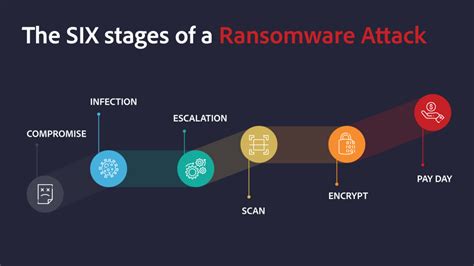In today’s volatile job market, the risk of losing one’s employment is a real concern for many individuals. The sudden loss of income can lead to financial distress, making it difficult to meet monthly expenses and maintain financial stability. To alleviate this stress, several bridge financing options have emerged, designed to cover the 3-month income gap during the job search period. This article explores the different models available for job loss bridge financing and how they can provide a safety net for those facing unemployment.
1. Unemployment Insurance (UI)

Unemployment Insurance is a government program designed to provide temporary financial assistance to eligible individuals who have lost their jobs through no fault of their own. The UI benefits can typically cover a percentage of the individual’s previous salary for a limited period, usually up to 26 weeks. While UI benefits vary by state, the average benefit covers about 40% of the individual’s previous income.
To qualify for UI, an individual must have worked a certain number of hours and earned a minimum amount of wages in the past year. The UI application process is generally straightforward, and eligible individuals can receive their benefits through direct deposit or a debit card.
2. Short-Term Loans
Short-term loans are another option for individuals facing a 3-month income gap due to job loss. These loans can range from a few hundred dollars to a few thousand dollars, depending on the lender and the individual’s creditworthiness. Short-term loans typically have higher interest rates than traditional loans, so it’s crucial to carefully read the terms and conditions before applying.
To apply for a short-term loan, individuals can visit online lenders, banks, or credit unions. Some lenders offer a streamlined application process, allowing individuals to receive funds within a few days. However, it’s essential to ensure that the loan is affordable and won’t lead to further financial strain.
3. Personal Savings and Emergency Funds
Building a personal savings or emergency fund is the most sustainable and cost-effective way to cover the 3-month income gap. Financial experts recommend saving at least three to six months’ worth of living expenses. To establish an emergency fund, individuals should allocate a portion of their income each month and deposit it into a separate savings account.
By maintaining an emergency fund, individuals can avoid taking on high-interest debt or relying on bridge financing options. This method requires discipline and dedication but can provide long-term financial security.
4. Retirement Account Withdrawals
For those who have a substantial amount of savings in a retirement account, such as a 401(k) or an IRA, a withdrawal may be an option to cover the 3-month income gap. However, it’s important to note that early withdrawals from retirement accounts can result in penalties and taxes.
Before considering this option, individuals should explore other bridge financing models and consult with a financial advisor. If a withdrawal is necessary, individuals can take advantage of the IRS’s CARES Act provision, which allows for penalty-free withdrawals of up to $100,000 from retirement accounts due to certain hardship conditions, including job loss.
5. Nonprofit and Community Resources
Several nonprofit organizations and community resources offer financial assistance to individuals who have lost their jobs. These programs may provide grants, loans, or other forms of financial aid to help cover living expenses during the job search period.
To access these resources, individuals can contact local unemployment offices, community action agencies, and religious organizations. These programs often have specific eligibility requirements and limited funding, so it’s essential to apply early.
In conclusion, several bridge financing models are available to cover the 3-month income gap during the job search period. Individuals should carefully evaluate their financial situation and explore the best option for their unique needs. Whether it’s unemployment insurance, short-term loans, personal savings, retirement account withdrawals, or community resources, finding the right solution can provide peace of mind and financial stability during this challenging time.



